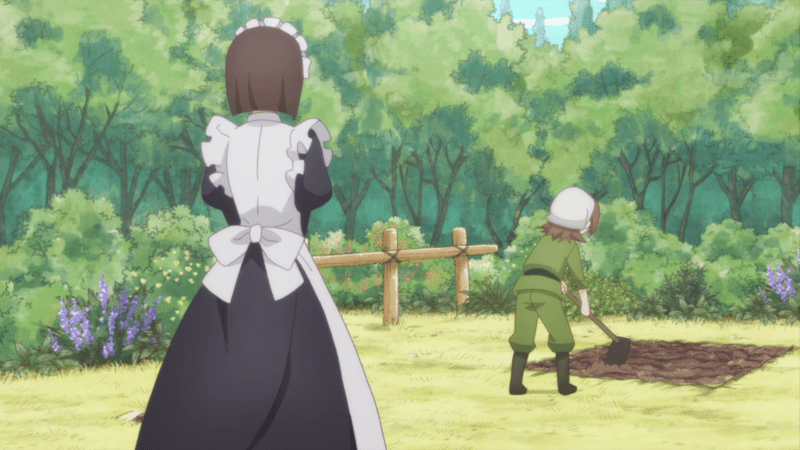
I spend most of 2021 revisiting older anime. I have articles in the queue where I reexamine them. There wasn’t too many new titles that caught my attention. Of those, most were continuations of series I already enjoy. When I think back on the one-off anime, I don’t remember too many standouts. Horimiya was an excellent story because of how it differed from most romantic anime. Yashahime offered a good continuation as well. Of course, we also saw more Castlevania.
This past year, I released my most ambitious writing project so far: Tales from Old Japan. I spent over 4 years collecting and rewriting 177 Japanese legends and folktales. I wanted the book to bring the majority of English stories into one collection and to make it easier for casual readers. Folklore tends to be academic. While I didn’t expect immediate sales or interest, the lack of any attention disheartened me. But I’m playing the long game with my writing. Patience is a necessity for writers. Blog articles, for example, often don’t gain traction until a year after they are posted. Sometimes, it takes far longer than that for a post to become popular. So it is with books too. I view books similar to buying stocks and EFTs; consistent strategy over many years and decades wins. But patience isn’t always easy.
This year marked JP’s 10th anniversary. It’s hard to believe that I’ve been blogging for that long. Before JP, I struggled to stay with anything. My interests flit to and fro. They still do. This year I’ve gotten into building and programming simple robotics and other simple electronics, for example. But this came at the price of painting and drawing. I don’t do either that often anymore. However, writing has become a constant, daily practice over the years. In the past year, I’ve even delved into minimalist poetry. This habit of stick-to-itness is thanks to JP enforcing a weekly writing habit that turned into a daily one.
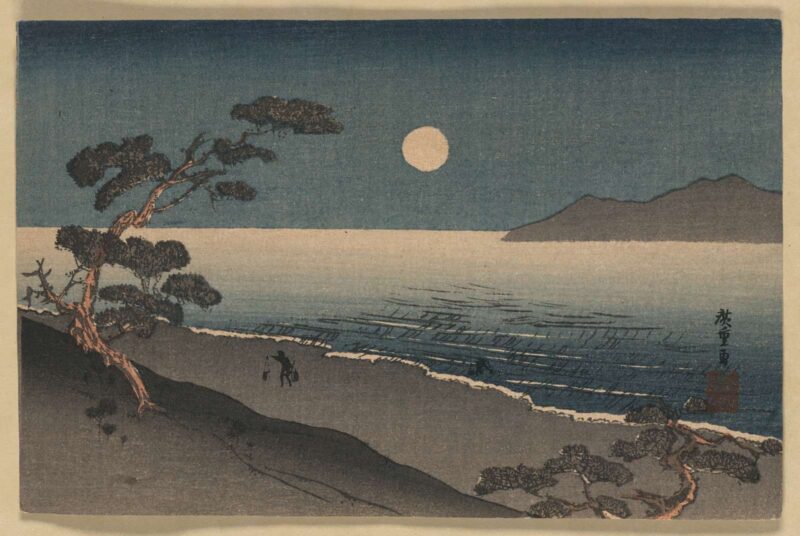
This year also marked an experiment with scheduling. Because of my variable interests, I decided to block schedule my free time. I scheduled time for writing stories, writing JP articles, working on electronics, and even playing video games. While it seems rigid, I found scheduling my time in blocks slows down my perception of time and allows me to make time for most of what I want to do. When the block ends, I leave the task unfinished and move to the next. I find this helps me pick up the project easier when I return to the task. I make space for flex; weekends are unscheduled. If you feel as if you don’t have enough time to do everything you want, I recommend you give block scheduling a try. Figure out what tasks you want to do over the course of a week. Then assign each task to a day and then to a time. Keeping to the schedule poses the greatest challenge. It takes practice, and flex time needs to be built into your schedule to make you more likely to stay with it. Remember too, that small steps add up to great works.
Over the past year, I’ve dug into historical diaries, such as that of Lady Murasaki. I find the voices of women in history and that of poor men fascinating. Both appear rarely: most historical documents come from the upper governmental and priestly classes. In Japanese history, women are particularly rare voices. Of my posts this year, my examination of Kitanomandokoro’s letters was my favorite to research and write. I hope more of her letters will appear, but Hideyoshi’s letters to her reveal a loving relationship and a strong woman who assisted her husband. It’s possible her situation wasn’t unique to Japanese history. Many wives may have had such a relationship of equals with their husbands despite what we know of Japanese culture at the time. We just don’t have written evidence.
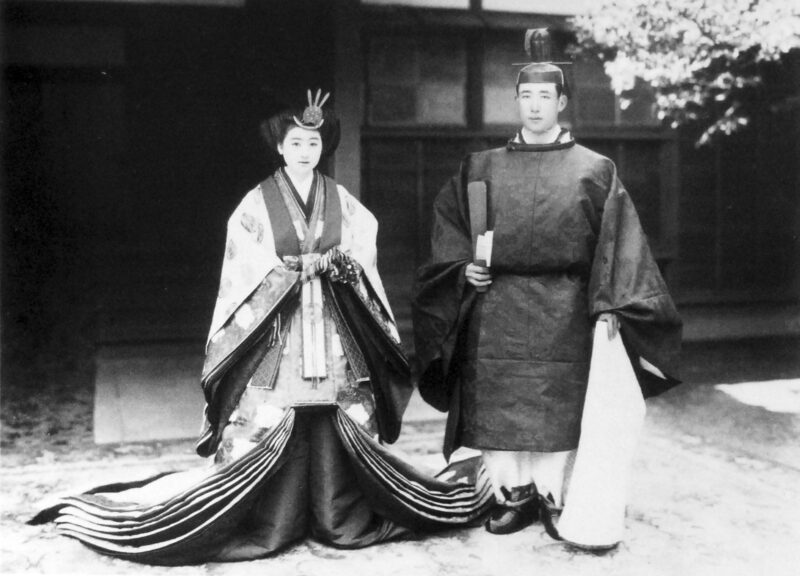
I spent most of this year posting about historical documents, from Kitanomandokoro’s letters to the Tales of Ise. While many anime fans won’t find this interesting, understanding Japan’s literary history enriches your anime watching. I get overly excited when an anime references a historical person or writing I’ve read. It happens quite often, sometimes in subtle ways. Murasaki’s work is referenced in scenes of cicadas and of snow, for example. As with any culture, most of these links are unconscious. It’s part of living in the culture and absorbing the symbolic language. In the US, we see a soaring eagle, be it a bald eagle or any other, as a symbol for freedom. The symbol becomes a part of an American’s unconscious understanding. Likewise, growing up in the countryside leaves you with a different set of symbols and understandings than those who grow up in cities. But you can’t see these associations unless you are familiar with the culture, its writings, and its history. You can still enjoy anime without reading Japanese literature, of course, just like you can enjoy Hollywood films without reading American literature. It’s just more fun to see the links and symbols.
Of the articles I wrote, the article about after-anime depression proved the most popular. But the best performing post was from 2017 where I attempted to explain why anime characters shout their attacks and names. Reddit drove the views. Of course, Reddit being Reddit, posters fixated on my argument about manga’s layout and failed to notice that the historical practice of samurai was the main reason behind name announcements. Manga’s black and white nature and layout merely provides an additional reason for the practice: clarity. I could also now add that sumo has also influenced the practice of shouting named attacks. In sumo, the technique used to finish an opponent is attached to the victory: oshidashi and yorikiri, for example. There’s something like 80 winning techniques. I suspect mangaka adopted this practice.
So what’s in store for 2022?
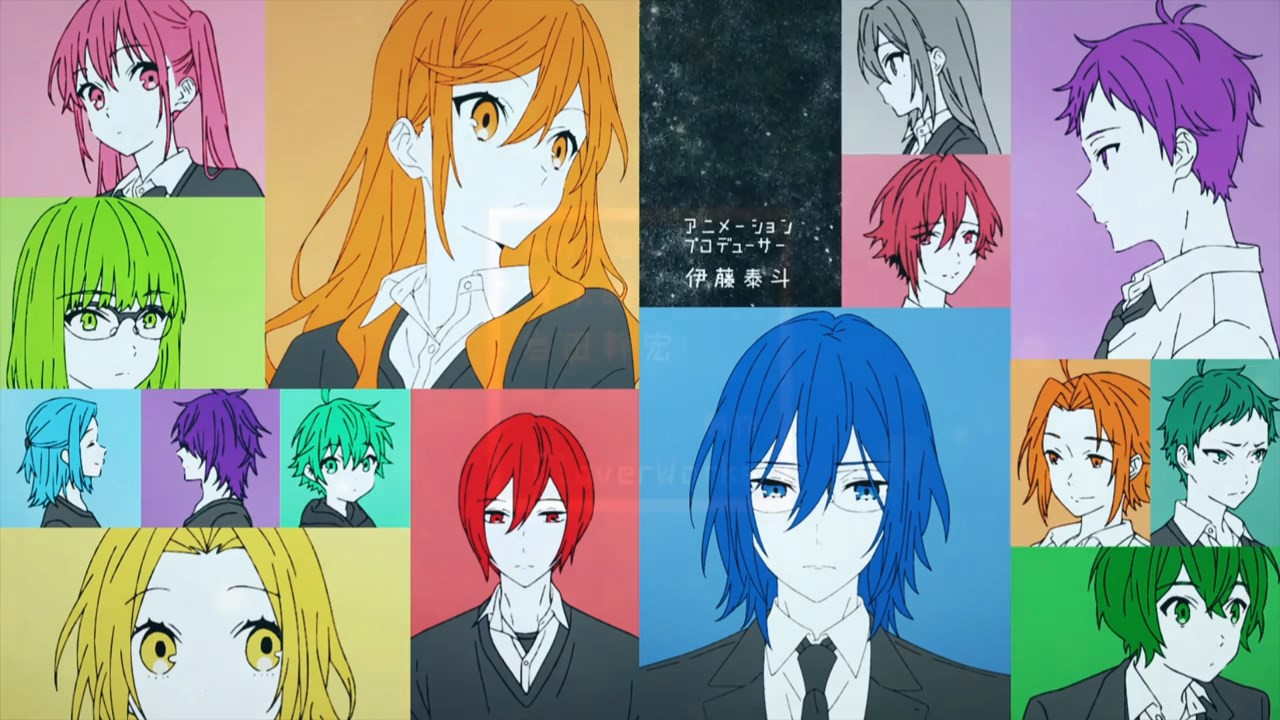
I don’t have specific plans for JP this upcoming year. I have a series of revisit anime articles waiting along with a series dedicated to anime blogging. Blogging has fallen out of favor compared to video, but I believe written articles are superior to video in many instances. Videos can feel contrived, and they aren’t as useful for referencing as articles. Because of this, I don’t plan to make videos yet; they will be too time consuming for me to produce.
In my personal library, I have many Japanese history books to read, so you can expect to see discussions on them at some point. You may also see more philosophy and writing-focused posts. I’ve added both to my category list.
As for anime, I look forward to another season of Kaguya-sama and to see what other new stories the year will bring.
On a writing front, I hope to release the second book in my Teahouse Mysteries series. The pandemic has delayed my book release plans. I have many stories awaiting revision and passes by my editor. I aim to release one book each year. Compared to many authors, especially self-published ones, this is a poor release cycle. Many crank out a new book every 2 to 3 months. My books require careful research and writing to get the cultural elements correct, so it takes me a long time to get them ready.
As always, I’m open to suggestions and questions. Is there an anime you want me to watch? A section of Japanese history you wonder about?
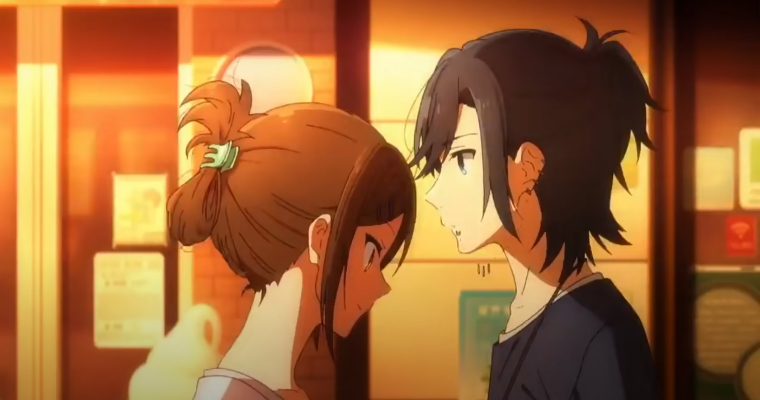
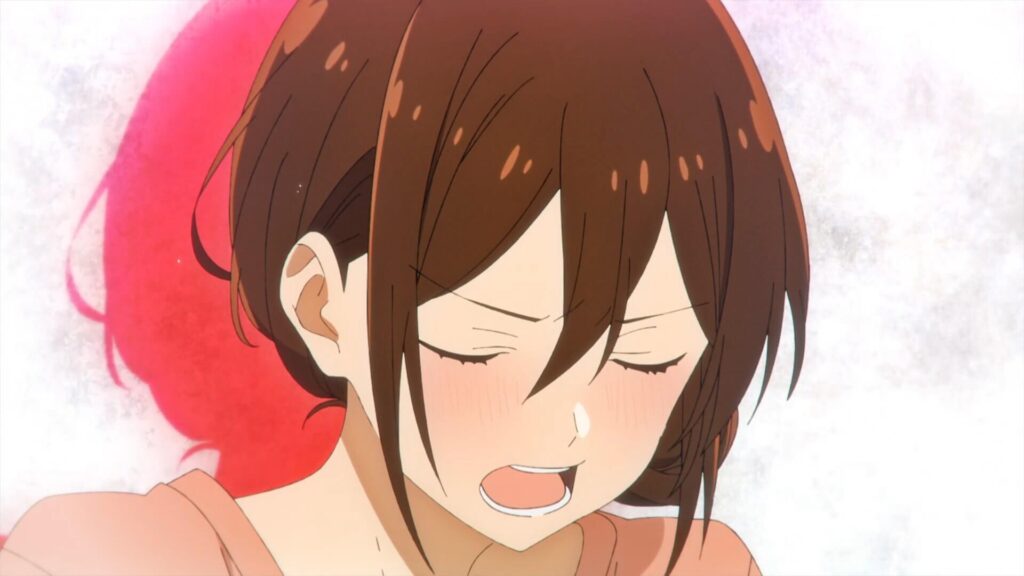
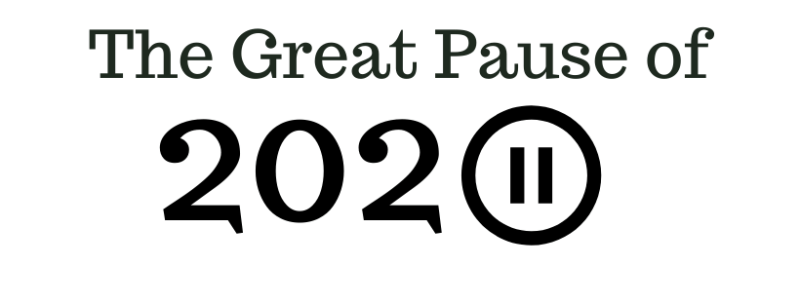
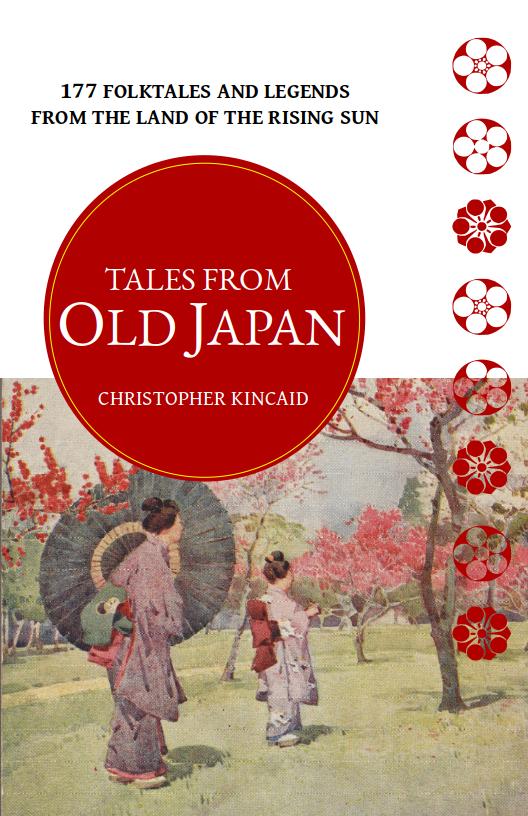
Oh, how I love this blog.
You are a sight for sore eyes
Thank you!
What a year that was…
full of endings and beginnings.
Have a great 2022!
ᕦ( ͡° ͜ʖ ͡°)ᕤ
nilou
So true! Have a great 2022!